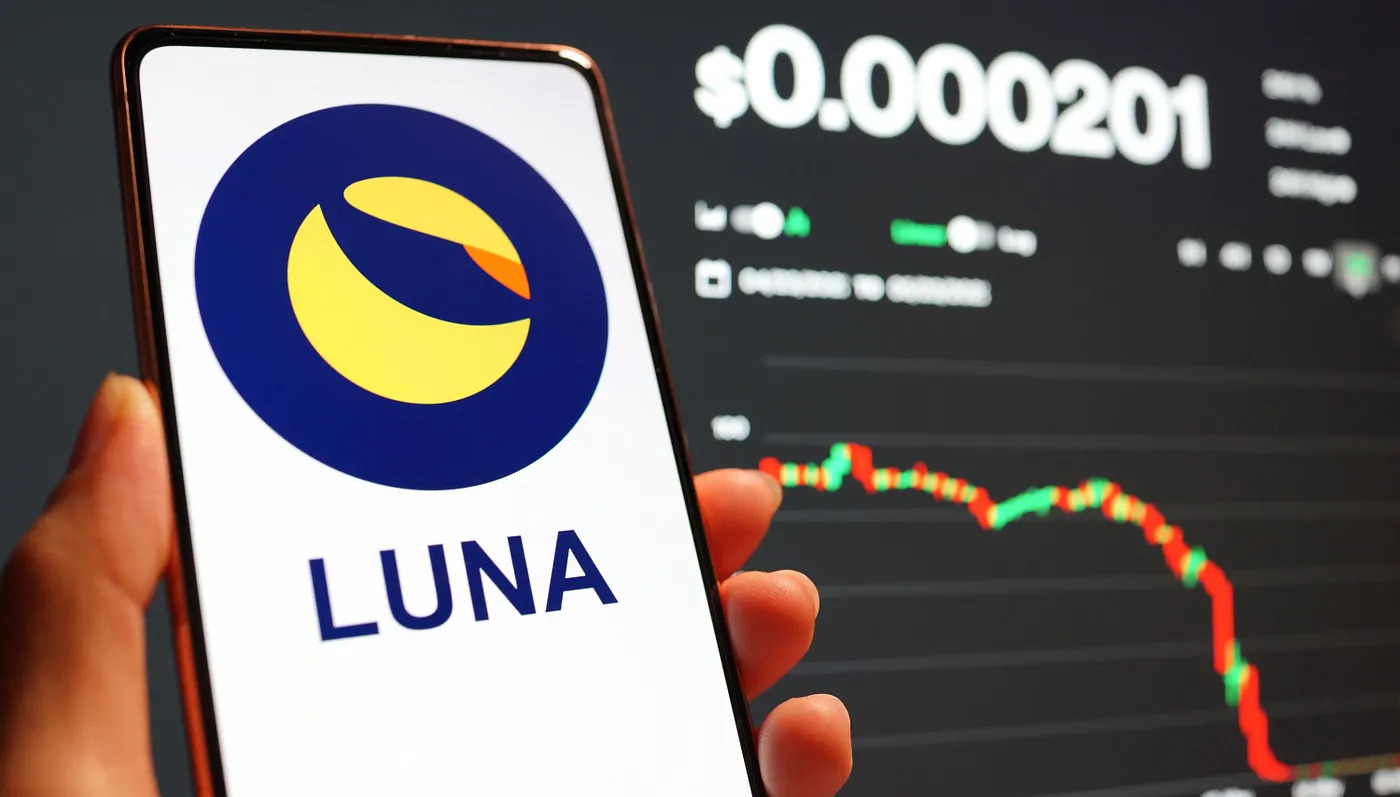Following on from last week’s drama, this week sees more uncertainty in the banking, tech, and crypto sectors. While the US has been pushing a hardline policy of monetary tightening it now looks like the global financial system and tech sectors are on the brink of breaking which has caught Jerome Powell off guard.
A hawkish Fed has been pushing interest rates higher, recently claiming they still had headroom to push harder and for longer than before due to the buoyant labor market. Fast forward a few days and two US banks have collapsed, governments are having to backstop other banks and bail out tech companies hit by the collapse. Suddenly the headroom appears to have vanished.
As we said last week, some prominent voices in the crypto space had called the Silvergate Bank collapse a targeted action by the Fed in a somewhat bizarre conspiracy theory involving SBF. We drew comparisons between Silvergate Bank and Silicon Valley Bank (SVB) to illustrate these situations were being caused by a much wider liquidity crunch rather than a conspiracy against crypto in particular.
According to sources familiar with the approach of regulators in the UK, the main reason for targeting crypto is that they have limited time to restrict its growth before it becomes intertwined with the global financial system. At that point, any actions against crypto in general, such as declaring all projects securities, will have a negative effect on the whole economy.
The silver lining of last week’s events is that it indicates time may have run out for regulators to try and contain crypto. Although many focused on Silvergate Bank, the more significant issue was playing out behind the scenes at SVB.

As we’ve seen in crypto, when a key player goes down it causes much larger effects throughout the whole market. For instance, the collapse of Luna and FTX took out many projects and investors due to the interconnectedness of the space. The same goes for the tech sector and SVB.
This weekend regulators, central bankers, and politicians have been desperately trying to work out how to approach the situation. In the immediate aftermath, they have numerous problems to try and resolve in a very short timeframe.
Firstly, they need to provide lifelines to the budding tech sector that was banked at SVB and can no longer access funds to pay suppliers or staff. Governments will have to step in and make alternative funds available within the first half of this week to avoid a cascading collapse of confidence across the board.
In the UK, HSBC has stepped in with the help of the government and Bank of England to rescue SVB’s UK subsidiary. At the time of writing, the US is yet to decide its own course of action for the main SVB business.
Secondly, they are urgently reviewing their monetary tightening policies and trying to find a way to give the market confidence that interest rate hikes will be proportionate and will soon end. Managing to do this without stimulating another upswing in markets and a subsequent rise in inflation will be tricky.
Finally, they also need to address the systemic risk that the bond market poses to the global financial system. Following the Global Financial Crisis (GFC) of 2008 banks were instructed to hold a larger proportion of their reserves in highly liquid Tier 1 assets.
Prior to the GFC banks were following Basel 2 directives which stipulated they needed to hold 4% of their reserves in Tier 1 assets. Basel 3 stipulated a 50% increase in the level of Tier 1 reserves banks must hold to provide a bigger cushion for stressful events.
As a result of needing more Tier 1 reserves and also needing to find yield-generating safe assets, many banks naturally opted for bonds. The downside of this situation is that the bonds are sold during a run and at present, they are worth less than the banks paid for them originally. Additionally, as large volumes of bonds enter the market their overall value plummets, as we saw with last year’s sell-off of UK bonds.

The bond situation is by far the largest problem. If the Fed continues to raise interest rates aggressively it risks another GFC with all major banks at risk of collapse since they are all heavily invested in bonds. If depositors lose confidence in banks it could trigger multiple runs which even the largest banks are vulnerable to due to the small percentage of deposits they hold in reserve.
Ironically this situation is being made worse by the central banks themselves. As they raise interest rates there is less demand for business and consumer loans, so banks seek alternative ways of earning yield such as buying bonds. As rates go up the need for banks to buy bonds increases and at the same time the value of the ones they already hold decreases.
If the Fed and other central banks choose to continue to hike interest rates at anything other than a slow and measured pace it’s likely we’ll begin to see more banks collapse. This makes it almost certain that the Fed will raise by a maximum of 25 basis points this month and indicate that their tightening will slow or stop in the near future. Quite how they do this after they’ve just said the opposite is anyone’s guess.
As with many things in finance, it’s all about confidence. If the Fed is honest and admits that the banking system is at imminent risk of failure it will trigger bank runs. Therefore expect another narrative to emerge. While the present situation is harmful to everyone’s crypto portfolio, and the market in general, it provides a glimmer of hope that the liquidity crunch may end soon.
Join Paribus-
Website | Twitter | Telegram | Medium | Discord | YouTube
- SEO Powered Content & PR Distribution. Get Amplified Today.
- Platoblockchain. Web3 Metaverse Intelligence. Knowledge Amplified. Access Here.
- Source: Plato Data Intelligence: PlatoData.io

